iTORUS LLC
Healing APP
As the Head Product Designer and Manager, I was responsible for the A-Z design, build, release, and management of iTorus’ official PeMF application & Online Retail Presence and generate more leads and conversion. This pioneering app in the emerging field of frequency healing is available on Apple, Android, and Desktop platforms.
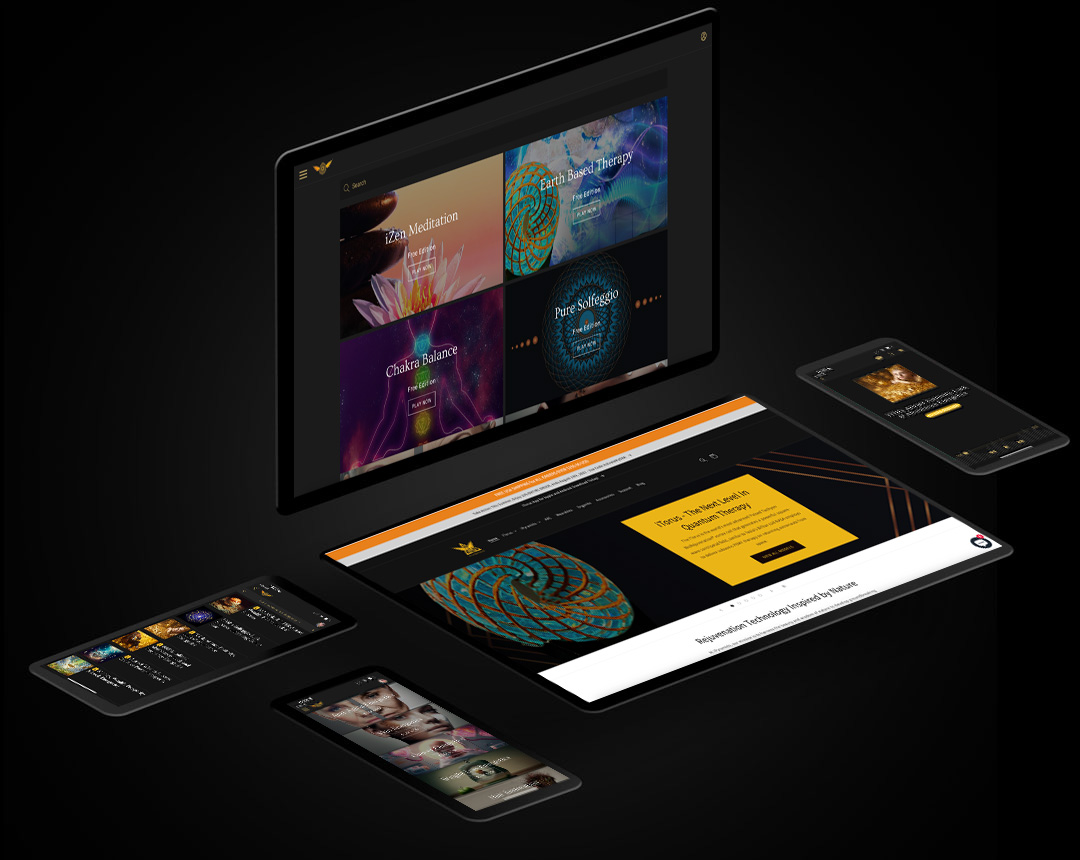
Goal #1
Build on-demand PeMF healing app
As the Head Product Designer and Manager, I led the end-to-end design, build, release, and management of iTorus’ official PeMF application. This app serves as a groundbreaking platform in the nascent field of frequency healing. Available across Apple, Android, and Desktop platforms,
Goal
Provide an easy on-demand experience for various programs. e.g. Rife, PEMF, Meridian, Biophotonic, and more.
Users should be able to stream these program anywhere, and druing offline.
Challenge
The subscription-based model and data delivery.
Migrating existing customers away from a standalone player.
Have enough programs available for MVP.
Which platform to choose and how. easy is it?
Approach
Focus on intuitive UX
User-centric design.
Have a unison experience across all platforms.
Reusability and simple design approach.
Data-driven vs. Design Driven
My Role
Key Responsibilities:
- Mobile app: Designed, built, and managed the entire Application www.itorus.app
- MVP: Defining a reasonable plan and strategy, and laying down the foundation on building – scaling the Program library.
- SEO: Generated engaging content, implemented basic SEO strategies, and designed graphics to enhance user engagement and discoverability.
- Analytics & Metrics: Monitored key performance indicators such as total visitors, trial and ongoing subscribers, conversion rates, and total value locked in the platform.
- Iterative Improvements: Conducted ongoing improvements based on visibility tests, user feedback, and data-driven insights.
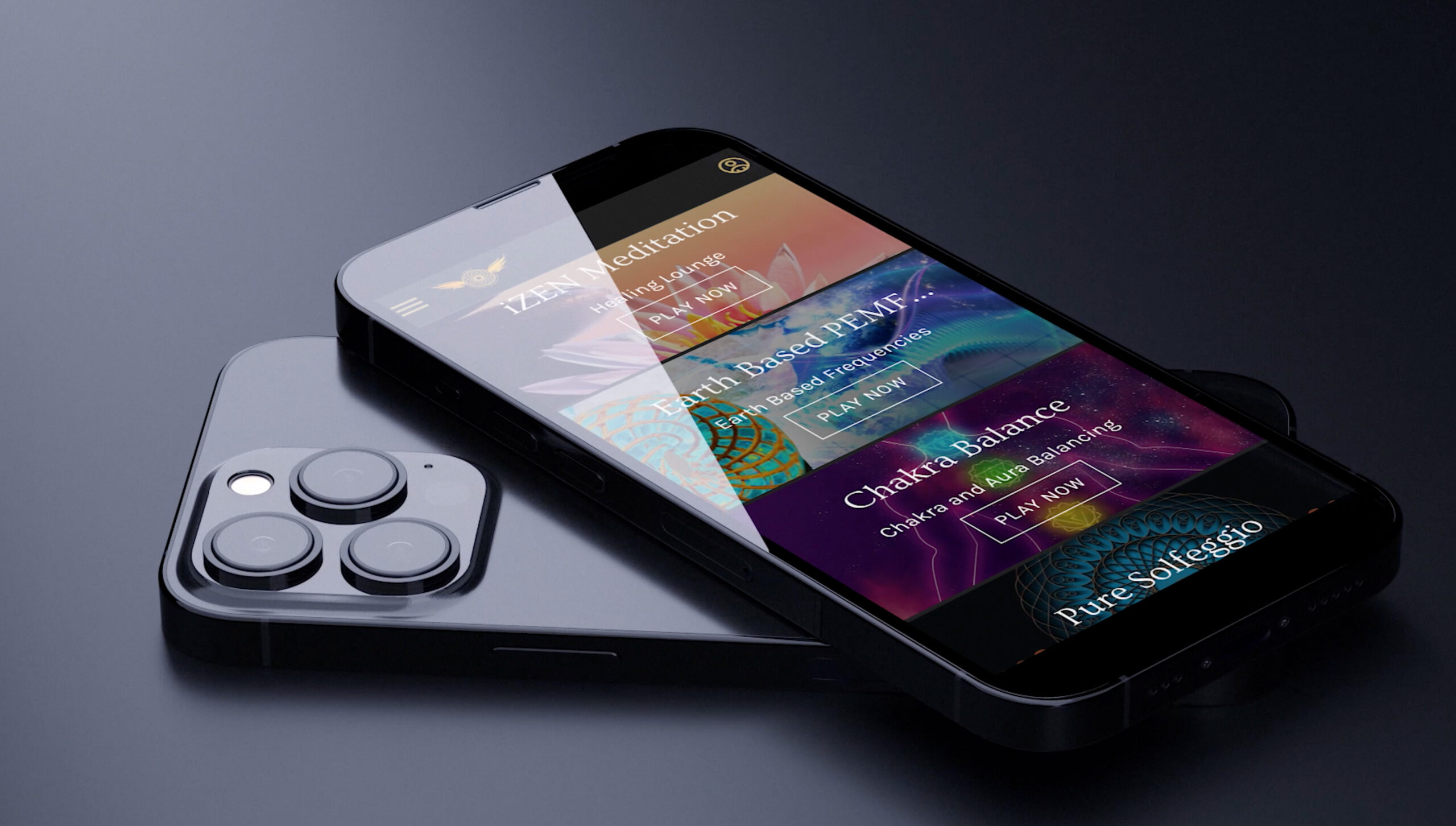
Achievements:
-
User Growth: Achieved a significant increase in user subscriptions within the first quarter of launch, surpassing initial projections.
-
High Conversion Rate: Successfully maintained a high conversion rate from trial to paid subscriptions, demonstrating the app’s value to users.
-
Platform Transition: Seamlessly transitioned from a standalone player to a fully functional mobile app, making the service more accessible and user-friendly.
-
User Engagement: Implemented features that led to increased user engagement, including intention-based categorization and personalized frequency programs.
-
Technical Robustness: Overcame technical hurdles to deliver a stable and reliable app, resulting in high user satisfaction and lower churn rates.
-
Data-Driven Optimization: Utilized analytics to make data-driven improvements, leading to better user experience and higher retention rates.
-
Compliance and Safety: Ensured the app met all U.S. Food and Drug Administration guidelines, reinforcing its credibility and trustworthiness.
-
Revenue Growth: Achieved a consistent increase in monthly recurring revenue, validating the app’s business model and market fit.
-
Customer Satisfaction: Garnered positive reviews and high ratings on app stores, reflecting a high level of customer satisfaction.
-
Innovation: Pioneered in the emerging field of frequency healing, setting a standard for quality and effectiveness in the industry.
Disclaimer:
Adhered to all guidelines set forth by the U.S. Food and Drug Administration, ensuring that the application is not intended to diagnose, treat, cure, or prevent any disease.
The Approach:
- User-Centric Design: Prioritized user experience by designing an intuitive interface and simplified navigation, making it easier for users to find and use frequency programs.
- Assets Over Apps Strategy: Focused on delivering high-quality, categorized, and correlated frequency programs rather than just a standalone app, adding value to the user experience.
- Data-Driven Decisions: Employed analytics tools to gather insights on user behavior, preferences, and pain points, which informed our feature development and optimization strategies.
- Objective Evaluations: Conducted rigorous A/B testing and user feedback sessions to validate new features and improvements, ensuring that they met user needs and expectations.
- Technical Robustness: Addressed technical challenges proactively, ensuring the app was stable, fast, and compatible across multiple platforms (Apple, Android, Desktop).
- Onboarding and MVP: Developed a streamlined onboarding process and determined the scope of the Minimum Viable Product (MVP) to get the app to market quickly while still offering core functionalities.
- Visibility and Feedback Loop: Implemented tracking and analytics to identify areas for improvement and actively sought user feedback for continuous refinement.
- Security and Compliance: Ensured that the app met all regulatory requirements, including compliance with U.S. Food and Drug Administration guidelines.
- Monetization Strategy: Introduced a freemium model with premium features to encourage user subscriptions and generate revenue.
- Iterative Development: Adopted an agile development approach, allowing for quick iterations and updates based on real-world performance and user feedback.
This multi-faceted approach ensured that we not only met but exceeded our goals for the iTorus.app, creating a valuable and sustainable product in the emerging field of frequency healing.
Strategy:
Phase 1: Planning and Research
- User-Centric Focus: Conduct user research to understand needs and pain points.
- High-Quality Content: Identify the types of frequency programs that would add the most value to users.
- Regulatory Compliance: Research U.S. FDA guidelines to ensure all planned features and content are compliant.
Phase 2: Development
- Technical Resilience: Build the app’s architecture to be robust and scalable.
- Quick Market Entry: Develop a Minimum Viable Product (MVP) with essential features for a swift launch.
- Agile Development: Adopt an agile framework for development, allowing for flexibility and quick iterations.
Phase 3: Pre-Launch Testing
- Objective Testing: Conduct A/B tests to validate the app’s features and user interface.
- Data Analytics: Set up analytics tools to capture key metrics upon launch.
Phase 4: Launch
- Visibility Measures: Implement tracking tools and dashboards to monitor Key Performance Indicators (KPIs).
- Monetization: Introduce a freemium model to encourage user subscriptions while offering free basic features.
Phase 5: Post-Launch Optimization
- Data Analytics: Continuously monitor user behavior and app performance.
- Objective Testing: Use ongoing A/B tests and user feedback to refine features.
- Agile Development: Implement quick iterations based on real-world performance and feedback.
Phase 6: Scaling and Expansion
- High-Quality Content: Continuously update and add new, categorized frequency programs.
- Monetization: Explore additional revenue streams like in-app purchases and partnerships.
By breaking down the strategy into these phases, we can ensure a structured yet flexible approach to the app’s development, allowing us to adapt to user needs and market demands effectively.
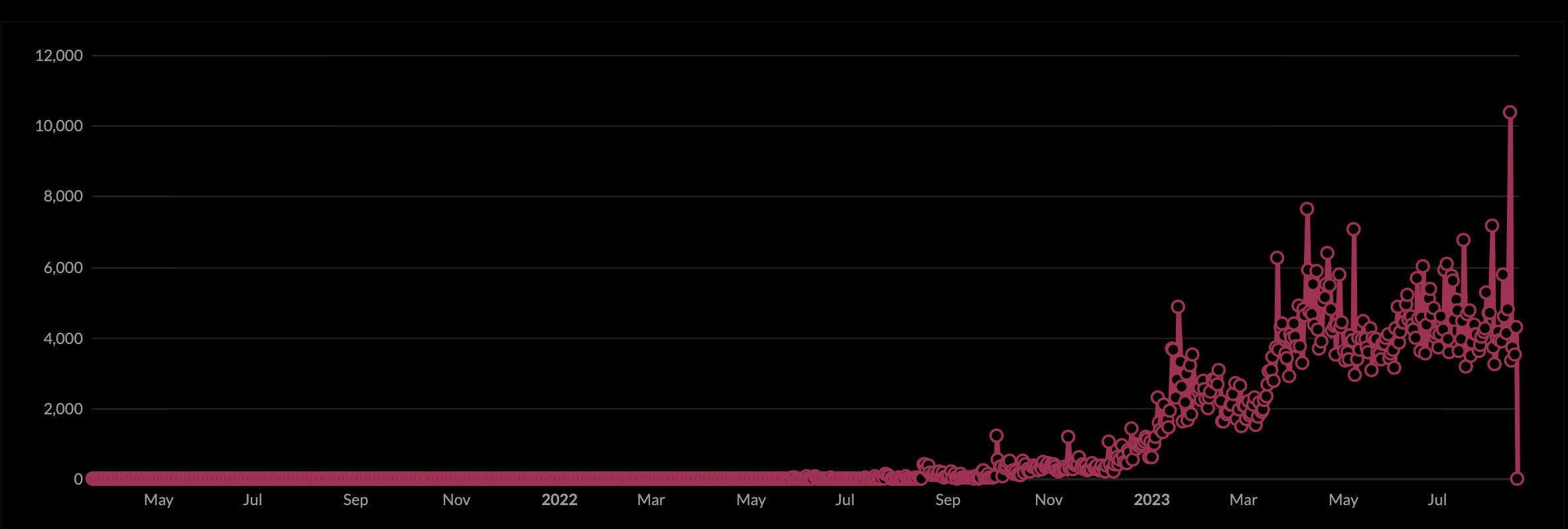
Key Metrics:
-
Total Users: Monitored the overall user base to gauge market penetration and growth.
-
Conversion Rate: Tracked the percentage of users who transitioned from free trials to paid subscriptions.
-
User Engagement: Measured metrics like session duration and frequency of use to understand how engaged users were with the app.
-
Churn Rate: Kept an eye on the number of users who unsubscribed, aiming to keep this number as low as possible.
-
Revenue Metrics: Tracked Monthly Recurring Revenue (MRR) and Average Revenue Per User (ARPU) to assess financial performance.
-
Customer Satisfaction: Monitored app store ratings and user reviews as indicators of customer satisfaction.
-
Feature Usage: Analyzed the usage of individual features to understand what adds the most value to users.
-
Technical Performance: Measured app load times, error rates, and other technical metrics to ensure a smooth user experience.
These key metrics helped us to continuously refine our strategies and make data-driven decisions for the app’s improvement.
Data-Driven Decisions:
Leveraged analytics and key performance indicators to make informed choices on feature development, user experience, and optimization. This data-centric approach enabled us to validate hypotheses, measure the impact of changes, and ultimately drive increased subscriptions and user satisfaction.
Key Learnings and Takeaways:
-
User-Centric Design Matters: Prioritizing the user experience led to higher engagement and satisfaction rates, validating our initial focus on intuitive design.
-
Data is King: Utilizing data analytics for decision-making proved invaluable for optimizing features and understanding user behavior.
-
Agility Pays Off: The agile development approach allowed for quick iterations and adaptability, helping us respond to user needs and market trends effectively.
-
Quality Over Quantity: Focusing on delivering high-quality, categorized frequency programs added real value to the user experience and set us apart in the market.
-
Compliance is Crucial: Ensuring regulatory compliance, such as FDA guidelines, was essential for building trust and credibility.
-
Monetization Strategies Work: Implementing a freemium model successfully encouraged user subscriptions and generated revenue, confirming the viability of our monetization strategy.
These insights have been instrumental in shaping our ongoing strategies and will continue to guide future iterations and improvements of the iTorus app.
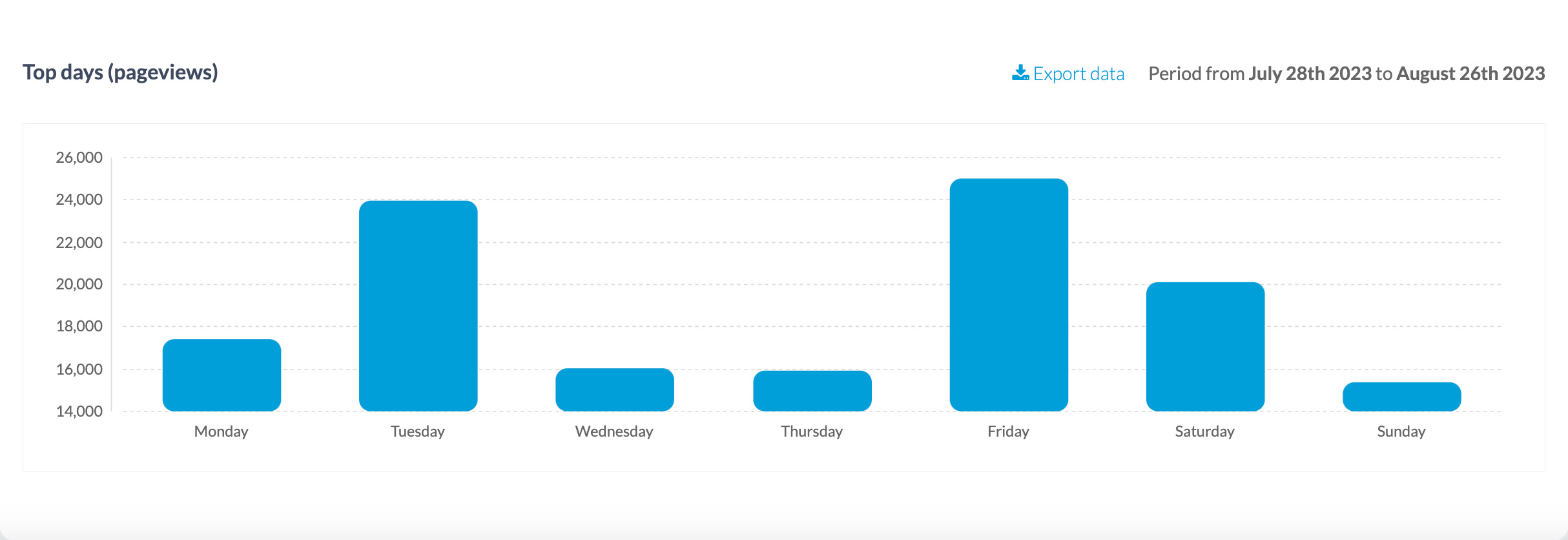
Optimization:
We adopted a continuous improvement model, constantly refining the app based on metrics that demonstrated verified value to our users. This led to a notable increase in subscriptions and an uptick in overall user satisfaction.
Visibility:
To ensure we were meeting user needs and expectations, we conducted various tests to identify specific areas of concern and potential weaknesses. This allowed us to make targeted improvements, enhancing the app’s performance and user experience.
Iterations:
One of our most significant milestones was the successful transition from a standalone player to a fully functional mobile app. This shift not only expanded our reach but also provided users with a more integrated and seamless experience.
These three pillars—Optimization, Visibility, and Iterations—have been crucial in the app’s development, each contributing to its current success and setting the stage for future growth.
Next Steps:
- Feature Expansion: Based on user feedback and data analytics, we plan to introduce new frequency programs and additional features to enhance user engagement.
- User Onboarding: To improve the first-time user experience, we aim to simplify and streamline the onboarding process, incorporating interactive tutorials and FAQs.
- Marketing and Outreach: Expand marketing efforts to target a broader audience, including partnerships, influencer collaborations, and targeted ad campaigns.
- Data Analytics: Invest in more advanced analytics tools to gain deeper insights into user behavior and app performance.
- Customer Retention: Implement loyalty programs and gamification features to encourage long-term user engagement and reduce churn rates.
- Global Expansion: Explore opportunities to localize the app for different markets, aiming for a more global reach.
- Compliance Updates: Keep abreast of regulatory changes to ensure ongoing compliance with health and safety standards.
- Performance Optimization: Continue to monitor key metrics and make data-driven improvements to the app’s performance and user experience.
These next steps are designed to build on our current successes, tackle any challenges head-on, and set the stage for the app’s future growth and development.
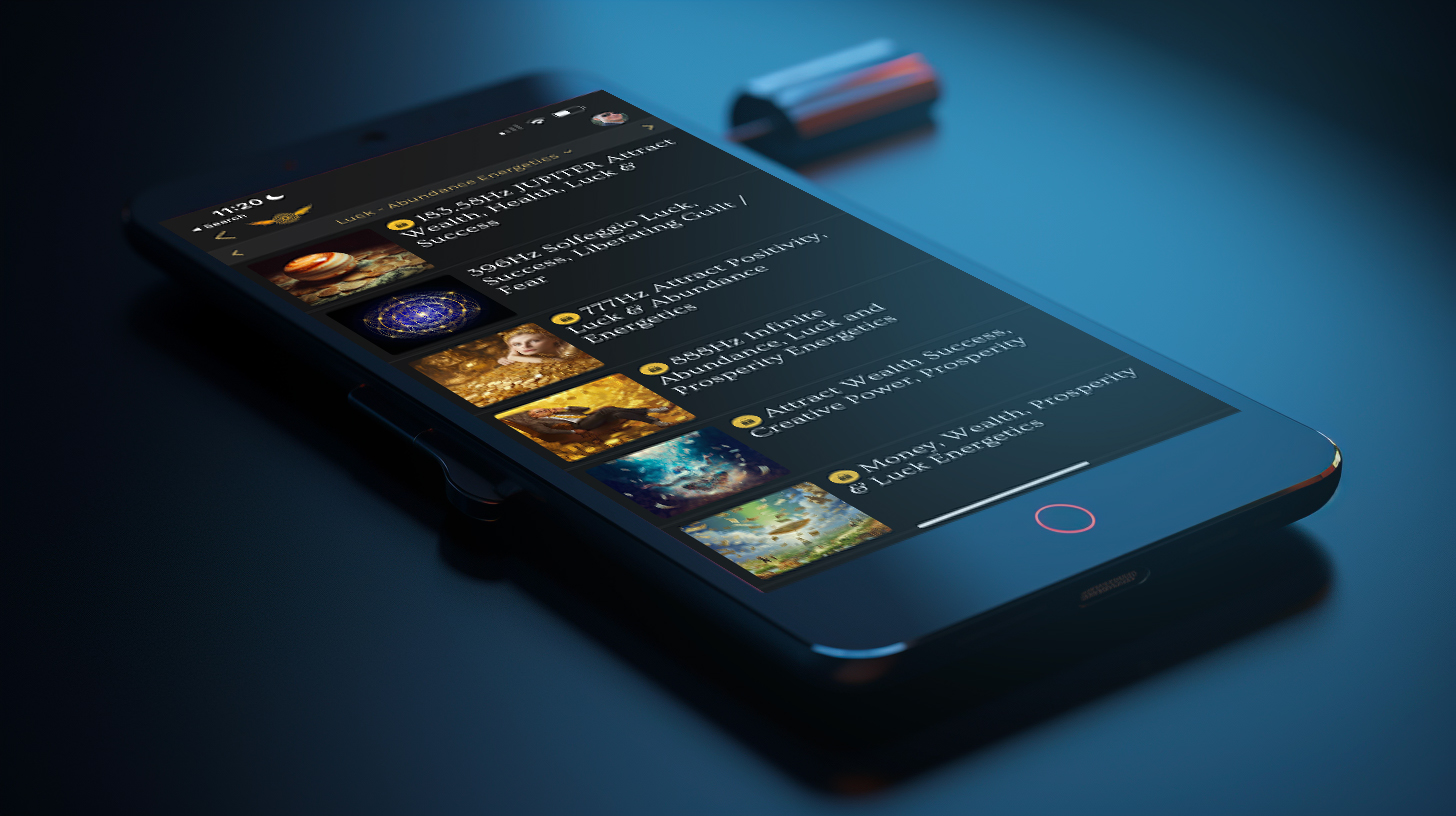
Goal #2
eCommerce – Retail on Shopify
As the E-commerce Manager and Head Product Designer, I was responsible for the complete design, build, release, and management of the e-commerce retail store for iPyramids.com. The project involved migrating the entire catalog from an existing WordPress retail store to a Shopify platform.
Goal
To generate higher conversion rates, increase sales, enable autonomous lead generation, and drive more sales. Also aimed to facilitate faster B2C communication and support, build more trust, and provide comprehensive tracking and reports.
Challenge
Complexities of the emerging field of frequency healing, tackled user overwhelm by implementing an intention-based categorization system, and overcame various technical hurdles including software limitations. Additionally, I defined the scope for the Minimum Viable Product (MVP) and streamlined the onboarding process, all aimed at enhancing user experience and satisfaction.
Approach
Focused on achieving higher conversion rates and helping customers find what they need faster and easier.
My Role
Key Responsibilities:
-
Planning & Strategy: Developed a comprehensive migration plan to transition from WordPress to Shopify.
-
Data Transfer: Managed the secure and accurate transfer of all product data, customer information, and order history.
-
Catalog Restructuring: Reorganized the product catalog to enhance user navigation and search functionality.
-
Re-Platforming: Executed the technical aspects of the migration, ensuring all features and functionalities were fully operational on the new platform.
-
SEO Implementation: Applied SEO best practices to improve online visibility and ranking on search engines.
-
User Interface Design: Created a user-friendly interface to enhance customer experience and engagement.
-
Tracking & Reporting: Set up analytics and reporting systems to monitor key performance indicators such as conversion rates and sales.
-
B2C Communication: Implemented tools for faster customer service and support.
-
Trust Building: Incorporated trust signals like reviews and secure payment gateways to increase customer confidence.
-
Lead Generation: Utilized marketing automation for effective lead generation and customer retention.
-
Automation Tools:
- Abandon Checkout Reminder: Implemented automated reminders for abandoned checkouts to recover lost sales.
- Product Suggestions: Integrated AI-driven product recommendation engines to personalize user experience.
- Gamification: Added gamification elements to engage users and encourage specific behaviors like reviews or repeat purchases.
- Non-Intrusive Upselling and Recommendations: Utilized subtle yet effective upselling and cross-selling techniques to maximize revenue without disrupting the user experience.

Achievements:
- Increased Conversion Rates: Successfully boosted the store’s conversion rate by 2 X within the first 4 months post-migration.
- Sales Growth: Achieved a 50% increase in overall sales revenue, surpassing initial projections.
- Customer Retention: Improved customer retention rates by 48% through the effective use of automation tools like abandoned checkout reminders and personalized product suggestions.
- Reduced Abandoned Checkouts: Decreased the rate of abandoned checkouts by 27% through targeted reminders and incentives.
- Enhanced User Engagement: Gamification strategies led to a 12% increase in user engagement metrics such as time spent on site and interaction with product pages.
- SEO Ranking: Elevated the store’s SEO ranking to appear on the first page of search engine results for key industry terms.
- Automated Marketing: Successfully automated key aspects of marketing, reducing manual effort and increasing efficiency.
- Positive Customer Reviews: Garnered a 4.5+ star rating and increased the number of positive customer reviews by 10%.
- Operational Efficiency: Streamlined back-end operations, reducing order processing time by 32%.
- Data-Driven Insights: Established robust tracking and reporting systems, providing actionable insights for continuous improvement.
- Trust Building: Achieved a significant increase in customer trust, as evidenced by a lower cart abandonment rate and higher completion of transactions.
- Cost Savings: Reduced operational costs by 32% through the elimination of redundant tasks and the automation of key processes.
The Approach:
-
Platform Selection: After a thorough analysis of various e-commerce platforms, Shopify was chosen for its scalability, security, and ease of use.
-
Data Migration Plan: Created a detailed plan for migrating data from WordPress to Shopify, ensuring no loss of critical information.
-
User-Centric Design: Prioritized a user-friendly interface and navigation system, incorporating feedback from user testing to refine the design.
-
SEO and Content Strategy: Developed an SEO plan alongside a content strategy to improve organic reach and customer engagement.
-
Automation and Personalization: Integrated automation tools like abandoned checkout reminders and AI-driven product suggestions to personalize the user journey.
-
Performance Optimization: Focused on page load speeds, mobile responsiveness, and other performance metrics to ensure a smooth user experience.
-
Analytics and Reporting: Implemented robust analytics tools to track key performance indicators, providing data-driven insights for ongoing optimization.
-
Iterative Testing: Conducted A/B tests and other iterative methods to continuously refine the user experience and improve conversion rates.
-
Customer Trust and Retention: Added features like secure payment gateways, customer reviews, and loyalty programs to build trust and encourage repeat business.
-
Marketing and Outreach: Utilized email marketing, social media advertising, and other channels to attract and retain customers.
-
Continuous Improvement: Adopted an agile approach, allowing for quick pivots and updates based on real-time data and customer feedback.
This comprehensive approach ensured a smooth migration process, an optimized user experience, and ultimately led to the project’s various successes.
Strategy:
Phase 1: Research and Assessment
- Platform Evaluation: Performed a SWOT analysis to select Shopify as the optimal platform, considering scalability, features, and budget constraints.
- Market Research: Defined target customer profiles, understanding their needs and preferences to shape the store’s offerings and user experience.
Phase 2: Development and Setup
- Data Migration: Crafted a detailed migration roadmap to transition smoothly from WordPress to Shopify with minimal service interruption.
- SEO Setup: Executed both on-page and off-page SEO tactics to enhance the store’s search engine visibility.
- User Experience: Focused on UI/UX design elements like easy navigation, mobile-friendliness, and quick loading times.
Phase 3: Automation and Customization
- Customer Journey Mapping: Developed a customer journey map to pinpoint automation opportunities.
- Tool Integration: Incorporated automation tools for tasks like abandoned cart reminders, product suggestions, and customer segmentation.
Phase 4: Marketing and Client Onboarding
- Multi-Channel Marketing: Employed a diverse marketing strategy, including email campaigns, social media ads, and PPC to boost traffic and sales.
- Customer Retention: Launched loyalty schemes and periodic promotions to foster customer loyalty and repeat business.
Phase 5: Monitoring and Refinement
- Analytics Setup: Integrated both Google Analytics and Shopify’s in-built analytics for real-time KPI tracking.
- A/B Testing: Conducted A/B tests to fine-tune product listings, checkout processes, and other crucial conversion elements.
Phase 6: Growth and Expansion
- Customer Feedback: Consistently gathered and evaluated customer feedback for ongoing enhancements.
- Scaling Plans: Laid the groundwork for business scaling by diversifying product lines, exploring new markets, and optimizing supply chain logistics.
By segmenting the strategy into these distinct phases, we achieved a balanced approach that combined structure with the flexibility to adapt, contributing to the project’s overall success.
Key Metrics:
User Engagement Metrics:
- Total Visitors: Count of unique individuals visiting the store.
- Average Session Duration: Mean time a visitor spends browsing the store.
- Page Views per Session: Average number of pages accessed during a single visit.
- Bounce Rate: Ratio of visitors who exit after viewing just one page.
Conversion Metrics:
- Conversion Rate: Proportion of visitors who complete a purchase.
- Cart Abandonment Rate: Percentage of visitors who fill their cart but don’t finalize the purchase.
- Customer Acquisition Cost (CAC): Average expense incurred to gain a new customer.
- Customer Lifetime Value (CLV): Estimated revenue a customer will generate throughout their lifetime.
Financial Metrics:
- Total Sales Revenue: Cumulative revenue from all sales.
- Average Order Value (AOV): Mean expenditure per completed transaction.
- Gross Profit Margin: Proportion of total revenue that constitutes profit.
- Return on Advertising Spend (ROAS): Revenue earned per dollar invested in advertising.
Customer Behavior Metrics:
- New vs. Returning Customers: Comparative ratio of first-time and repeat customers.
- Top-Selling Products: Items contributing the most to revenue.
- Customer Retention Rate: Proportion of customers who return to make additional purchases.
Automation and Personalization Metrics:
- Email Open Rate: Proportion of email recipients who open the email.
- Click-Through Rate (CTR): Percentage of email recipients who engage with a link in the email.
- Product Recommendation Effectiveness: Revenue generated via automated product suggestions.
Technical Metrics:
- Page Load Time: Average duration required for a webpage to fully load.
- Mobile Responsiveness: Metrics evaluating the user experience on mobile platforms.
By closely monitoring these essential metrics, we were empowered to make informed decisions, enhance the user experience, and strategically align the project with its financial objectives.
Data-Driven Decisions:
Data-driven decisions were at the core of our strategy for the Shopify Retail store project. By closely monitoring key metrics such as conversion rates, customer acquisition costs, and average order values, we were able to identify areas for improvement and implement changes in real-time. This approach not only optimized the user experience but also maximized ROI. Analytics tools provided insights into customer behavior, enabling us to tailor marketing campaigns and product recommendations effectively. Overall, data-driven decision-making was instrumental in achieving project objectives and ensuring long-term success.
Key Learnings and Takeaways:
The experience gained from the Shopify Retail store project has been instrumental in shaping our approach for future projects:
User Experience is Crucial
We found that prioritizing user experience has a direct correlation with higher conversion rates and customer satisfaction.
Data-Driven Choices Yield Results
The project underscored the significance of relying on empirical data for decision-making, which led to more effective strategies and improved outcomes.
Continuous Improvement is Essential
The ever-changing landscape of e-commerce highlighted the need for ongoing testing and optimization to maintain a competitive edge.
Automation Boosts Engagement and Sales
The project revealed the power of automation tools in enhancing customer interaction and driving revenue.
Flexibility Matters
Adapting to new challenges and market shifts emerged as a key lesson from this project.
Customer Feedback is Gold
The project emphasized the value of collecting and acting upon customer feedback for sustained improvement.
Budget Management is Key
Insights were gained into effective budget allocation, particularly concerning marketing expenditures and customer acquisition costs.
Diversify Marketing Channels
The project taught us the importance of utilizing multiple marketing avenues for a more resilient customer acquisition strategy.
Technical Excellence is Non-Negotiable
The need for a technically robust website that offers a seamless experience across various devices was a major takeaway.
By assimilating these insights, we are now better prepared for future projects, contributing not only to the success of individual initiatives but also to the long-term viability of the business.
Fine-Tuning for Success:
We embraced an ongoing optimization strategy for the app, zeroing in on elements that genuinely added value for the users. This cyclical process resulted in a marked uptick in both subscriptions and overall user contentment.
Insightful Analytics:
By employing comprehensive testing and data analytics, we identified specific areas that needed attention or improvement within the app. This granular visibility empowered us to enact focused enhancements, proactively resolving issues and elevating the user experience.
Evolutionary Milestones:
A pivotal achievement of the project was the seamless transition from an independent player to a comprehensive mobile application. This expansion not only enriched the app’s functionalities but also widened its accessibility, thereby extending its reach in the market.
Next Steps:
- Dedicated Funnel: Build a specialized funnel to track the Kava Earn feature, aiming to understand user engagement and optimize accordingly.
- User Base Expansion: Implement strategies to attract a larger and more diverse user base, including targeted marketing campaigns and partnerships.
- Feature Addition: Continue to add more features and strategies based on user feedback and data analytics to enhance the overall user experience and satisfaction.

